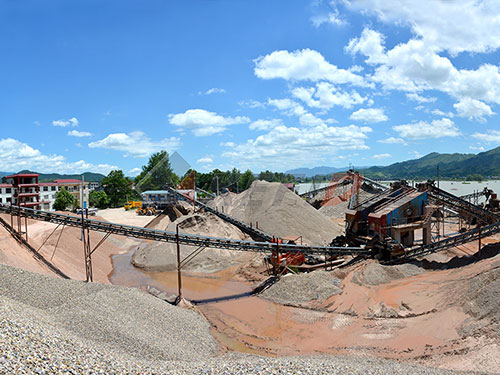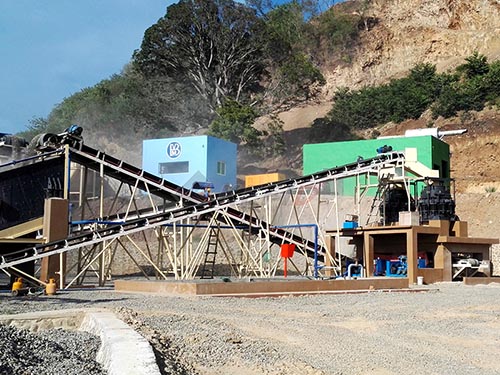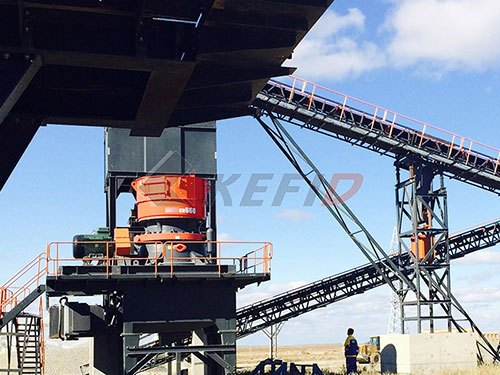The Unseen Backbone: Girner Stone Crushers Powering Modern Infrastructure
The relentless pulse of progress, manifested in towering skyscrapers, sprawling highways, resilient dams, and intricate urban landscapes, relies fundamentally on a hidden workhorse: aggregates. These essential building blocks – crushed stone, gravel, and sand – form the literal bedrock of our constructed world. And at the heart of transforming raw, unyielding rock into precisely graded materials fit for purpose stands a critical piece of machinery: the stone crusher. Among the names synonymous with robust performance and reliability in this demanding sector is Girner Stone Crushers.
The Indispensable Role of Crushing

Before delving into Girner specifically, it’s crucial to understand the pivotal role crushing plays. Quarried rock or large boulders are inherently unsuitable for direct use in most construction applications. They lack the necessary size distribution, shape characteristics (cubicity), and surface texture required for optimal compaction, strength development in concrete, or effective drainage in road bases.
Stone crushers perform this vital transformation through controlled mechanical force. They break down oversized feed material into progressively smaller fragments via processes like compression (jaw crushers), impact (impact crushers), shear (cone crushers), or attrition. The choice of crusher type depends heavily on the feed material’s hardness, abrasiveness, required final product size and shape, production capacity needs, and operational constraints like mobility.

Girner Stone Crushers: Engineering for Demanding Applications
Girner has established itself as a significant player in the global crushing equipment market by focusing on core engineering principles tailored to real-world quarrying and mining challenges:
1. Robustness & Durability: Operating environments are harsh. Abrasive dust permeates the air; rocks exert immense forces; vibrations are constant. Girner crushers are engineered with heavy-duty frames constructed from high-grade steel. Critical wear components like jaw plates (in jaw crushers), concaves and mantles (in cone crushers), blow bars and impact plates (in impact crushers) are manufactured from specialized abrasion-resistant alloys or composite materials designed for extended service life under punishing conditions.
2. Optimized Crushing Chambers: The geometry of the crushing chamber is paramount for efficiency and product quality. Girner designs chambers to maximize nip angles (the angle at which material is gripped between crushing surfaces) for effective initial breaking and to promote inter-particle crushing further down the chamber. This careful design optimizes reduction ratios while striving for improved

Leave a Reply